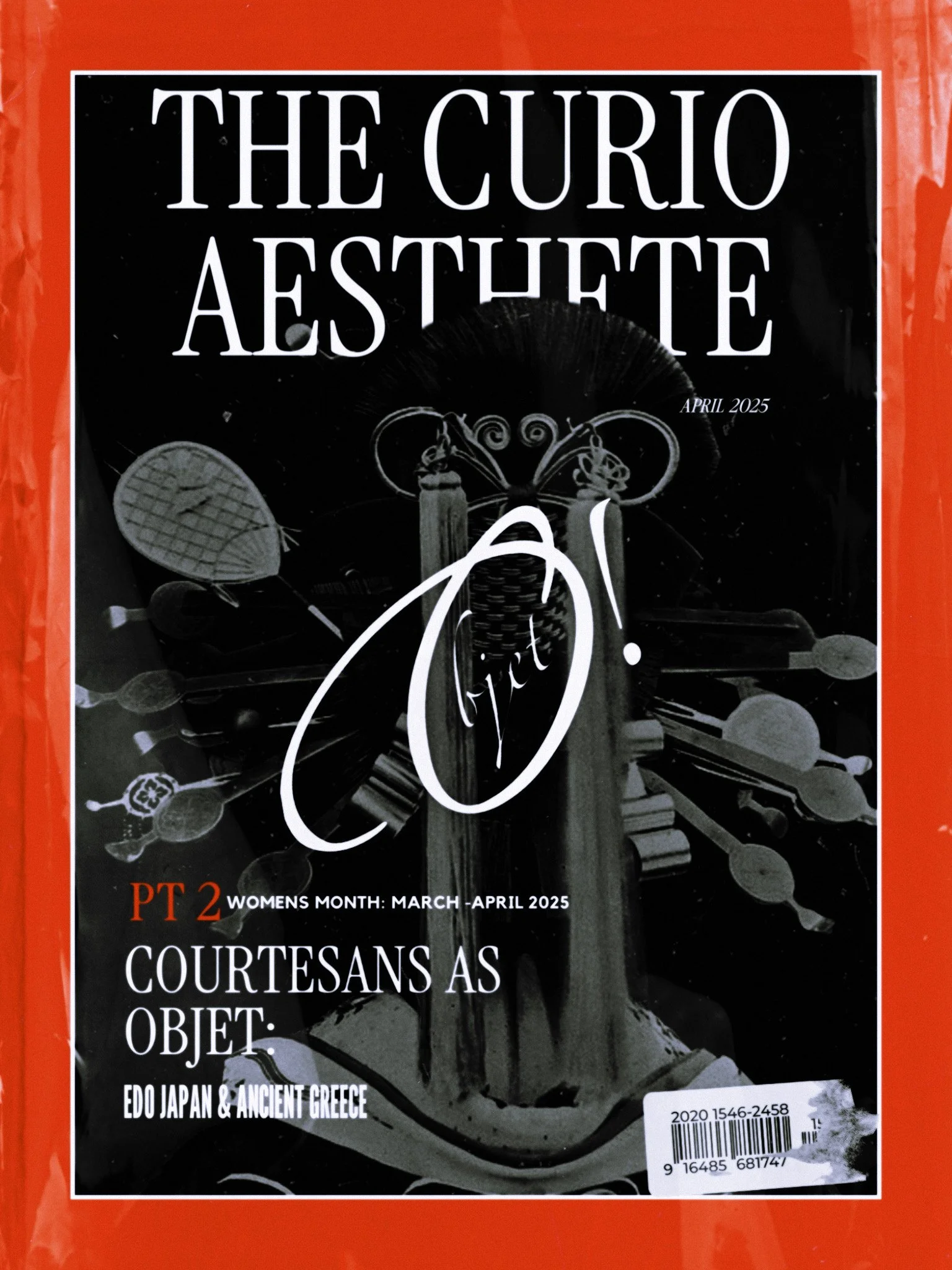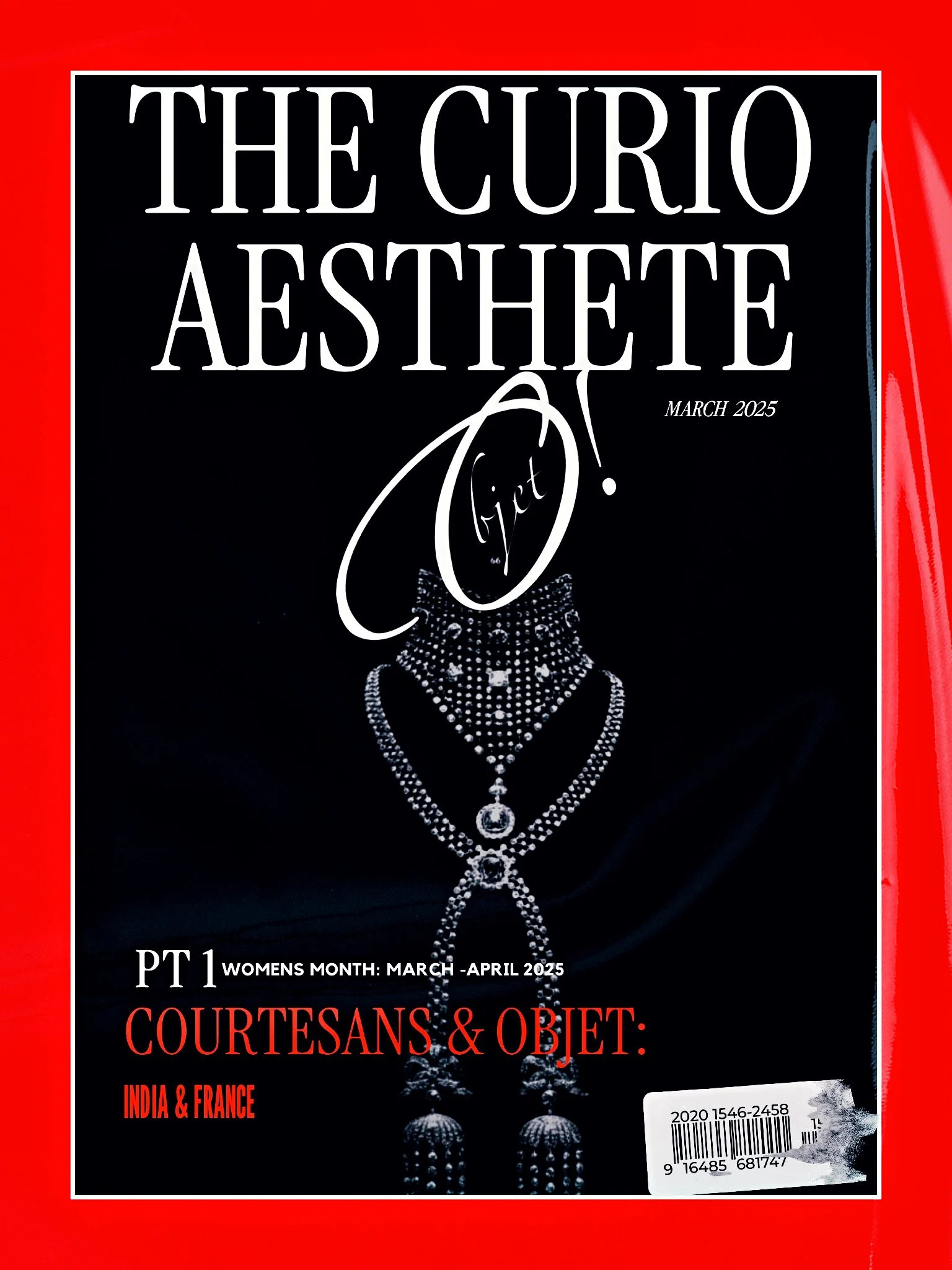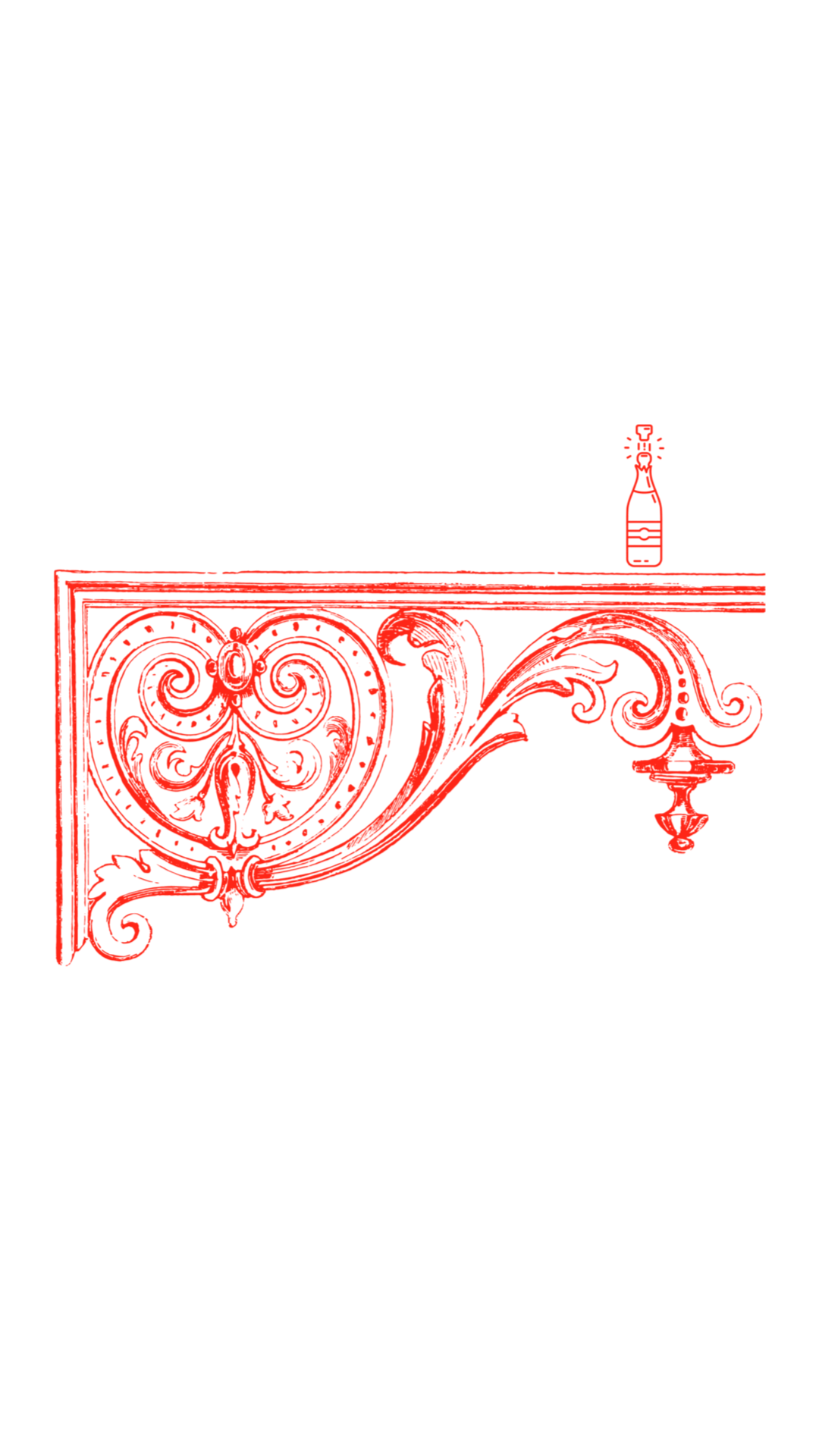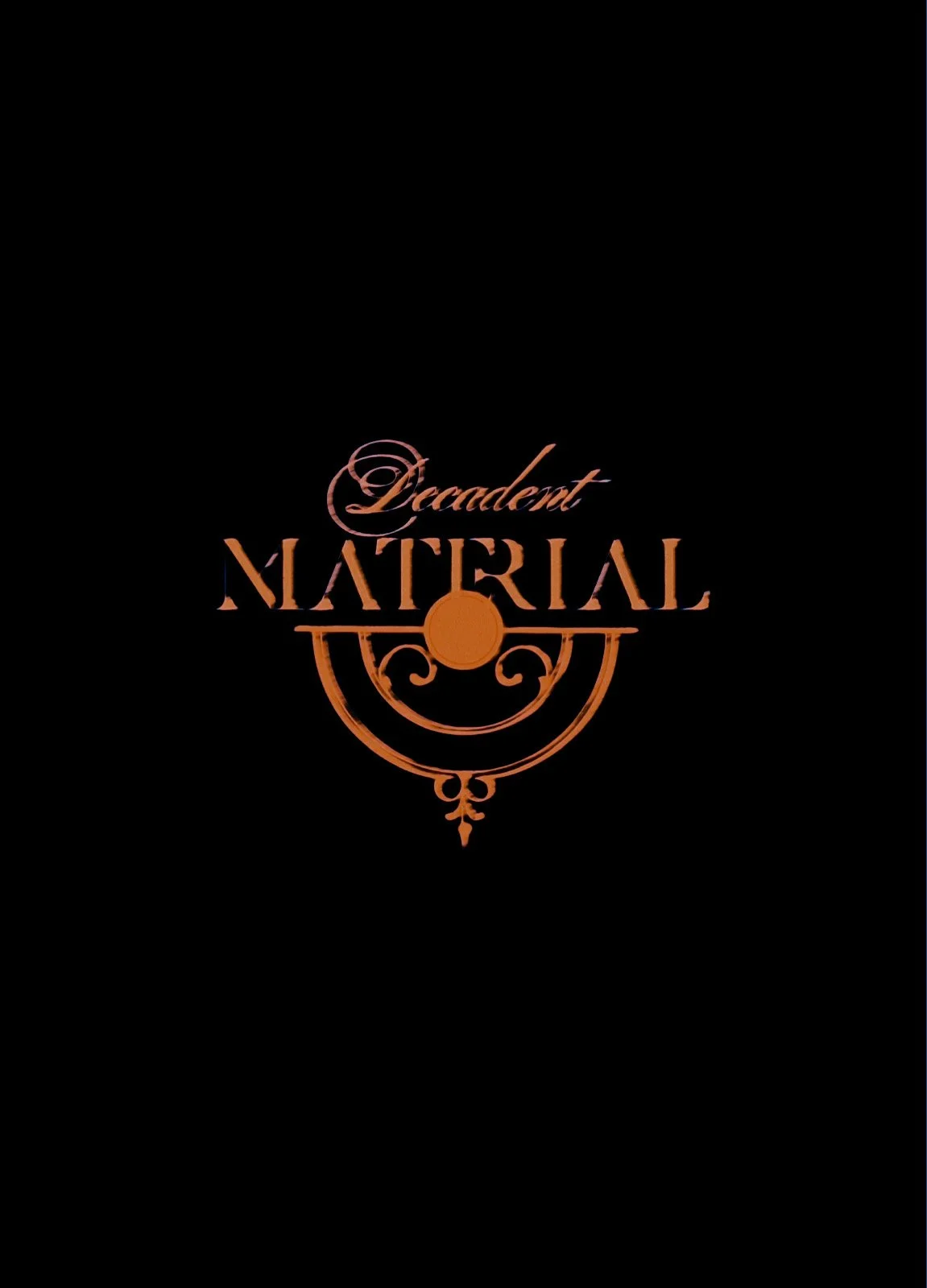This week, in part two of our courtesan-objet series, COURTESANS AS OBJET, we shift our focus from objects owned by courtesans to the courtesans themselves as living objets—objects of desire, status, and aesthetic value. We’ll be highlighting the structural parallels between courtesans and luxury objects (objets d’art) across historical contexts, with particular attention to ancient Greece and Edo Japan.
By analyzing the shared characteristics of courtesans and luxury objects ”Objet”—their creation, presentation, valuation, exchange, and cultural significance—we can better understand the mechanisms through which women have been transformed into living ornaments within systems designed primarily to serve male interests and perpetuate male power.
Read More




